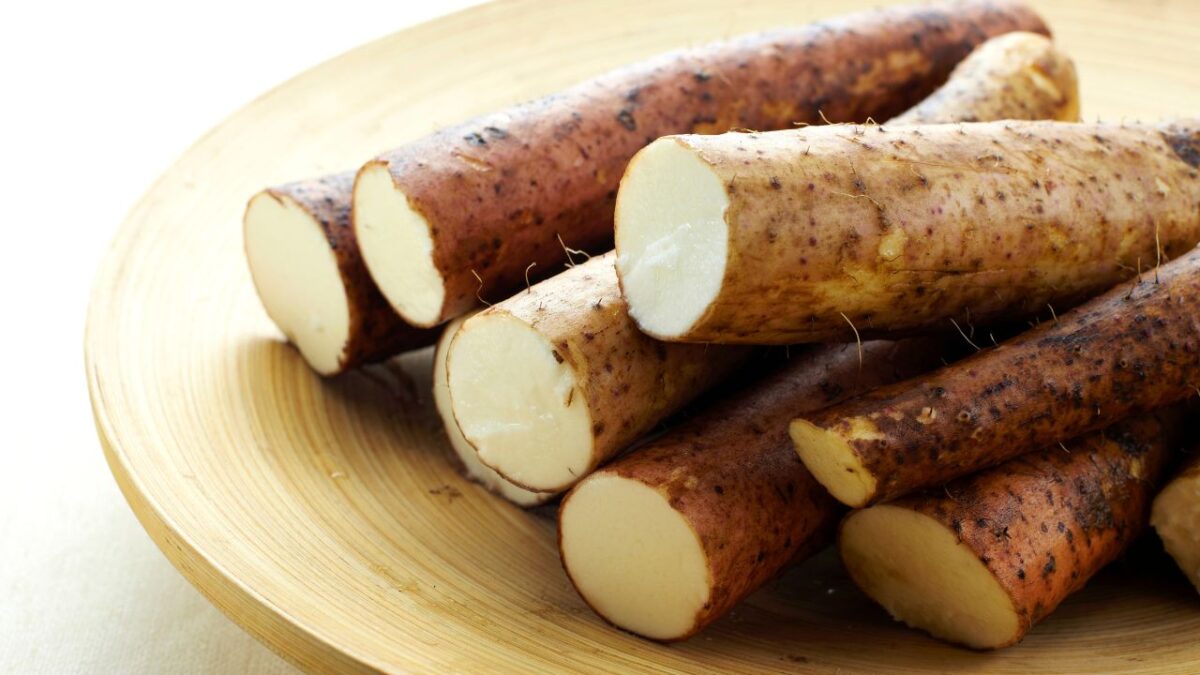Unlock the Secret of Perimenopause Relief: Is Wild Yam the Magic Bullet You’ve Been Searching For?

In recent years, there’s been a noticeable shift towards holistic and natural approaches in managing health, especially concerning women’s hormonal balance and transitional phases like perimenopause. This trend is partly driven by a desire to minimize the use of synthetic hormones and medications, which can have side effects and long-term health implications.
Many women report seeking a more “in tune with nature” approach, favoring remedies that have been used for centuries in traditional medicine across the world. Herbs like black cohosh, evening primrose oil, and now wild yam, have gained popularity for their purported ability to naturally balance hormones and alleviate perimenopause symptoms.
This move towards natural remedies is not just a nod to traditional wisdom; it’s also a reflection of a growing body of scientific research that aims to understand and validate the efficacy of these natural substances in modern medical terms.
Wild Yam Explained
Wild yam, scientifically known as Dioscorea villosa, is a tuberous vine native to North America. It has been used in traditional medicine for centuries, particularly by Native Americans, to treat a range of ailments from gastrointestinal issues to joint pain. One of the key components of wild yam is diosgenin, a compound that can be chemically converted into various steroids, such as estrogen and dehydroepiandrosterone (DHEA). It’s this compound that has sparked interest in wild yam’s potential to naturally support hormone balance. Unlike synthetic hormones, diosgenin in wild yam is believed to offer a more gentle and adaptable form of hormonal support, potentially easing the body into a smoother transition through perimenopause.
Scientific Evidence
The scientific community has shown increasing interest in the potential benefits of wild yam for women undergoing perimenopause. Studies have explored its effects on hormone levels, menopausal symptoms, and overall well-being. However, the evidence is mixed, with some research suggesting significant benefits in terms of symptom relief and hormonal balance, while other studies find no substantial difference between wild yam treatments and placebos. For instance, a systematic review might reveal that while many women report improvements in symptoms like hot flashes and mood swings when using wild yam, these outcomes are not consistently backed by changes in hormone levels measured in clinical tests. This discrepancy highlights the need for more robust, large-scale studies to conclusively understand wild yam’s efficacy. Nonetheless, the anecdotal success stories and historical use of wild yam as a remedy for women’s health issues provide compelling reasons for continued research and exploration.
How to Use Wild Yam Safely
For those considering wild yam as a natural approach to managing perimenopause symptoms, it’s crucial to prioritize safety and informed usage. Wild yam can be consumed in various forms, including creams, capsules, and teas. It’s essential to follow recommended dosages and to consult with a healthcare provider before starting any new supplement, especially for individuals with pre-existing health conditions or those taking other medications. Quality is also a significant consideration; opting for products from reputable sources that provide transparent information about sourcing and composition can help ensure the safety and effectiveness of wild yam supplements. Monitoring one’s response to wild yam is vital, as individual reactions can vary widely, and what works for one person may not work for another.
Alternatives and Complementary Therapies
While wild yam may offer promise for some women navigating perimenopause, it’s important to consider it as part of a broader holistic approach to wellness during this transitional phase. Lifestyle modifications, such as maintaining a balanced diet, regular exercise, and stress reduction techniques like meditation and yoga, can significantly impact symptom management and overall health. Other natural remedies and supplements, including vitamin E, omega-3 fatty acids, and phytoestrogen-rich foods like soy, may also complement the potential benefits of wild yam. Collaborating with healthcare providers and possibly integrating both conventional and alternative therapies can create a comprehensive, personalized plan for navigating perimenopause with grace and vitality.
Wild yam holds intriguing potential as a natural remedy for perimenopause symptoms, offering a bridge to the past where traditional wisdom meets modern inquiry. While the scientific evidence remains mixed, the anecdotal success stories and historical use of wild yam in women’s health suggest that it may be worth considering for those seeking natural support during perimenopause. As with any health strategy, it’s essential to approach the use of wild yam with caution, seeking advice from healthcare professionals and prioritizing safety and personal well-being. The journey through perimenopause is deeply personal, and finding the right balance of treatments, whether natural, conventional, or a blend of both, is key to navigating this transition with ease and health.
This comprehensive exploration into the potential of wild yam as a perimenopause game-changer reflects a blend of traditional knowledge, scientific inquiry, and personal wellness strategies. By fostering a deeper understanding of natural remedies and their place in holistic health, individuals can make informed decisions that support their journey through perimenopause and beyond.
